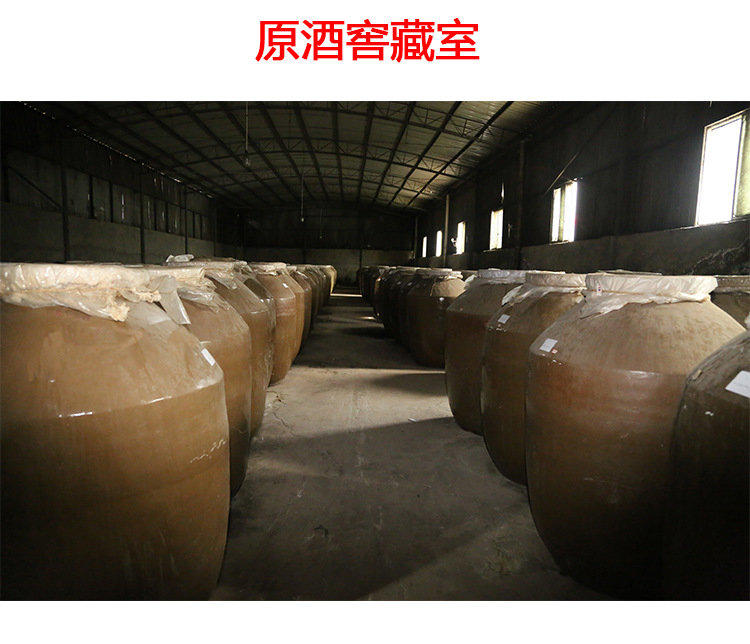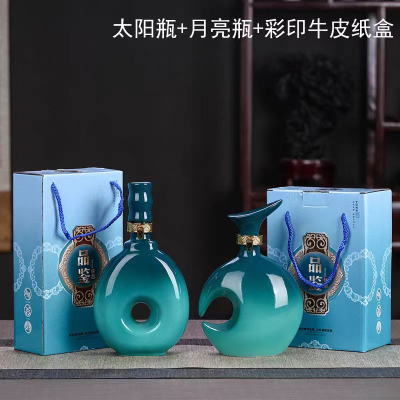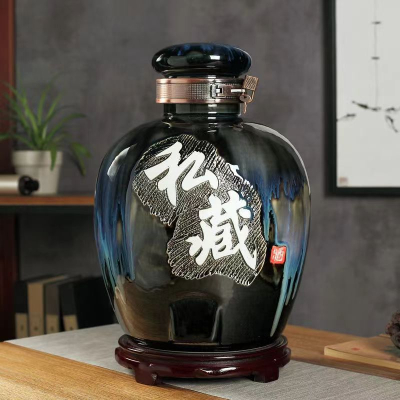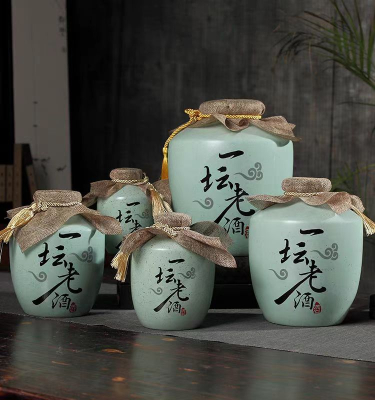Exploring the Charm of Rice Wine
Rice wine, a traditional alcoholic beverage with deep cultural roots across Asia, has gained international recognition for its distinctive flavors and versatile applications. This article explores the production processes, chemical composition, regulatory standards, and consumption considerations that define the charm of rice wine. It is intended for industry professionals, connoisseurs, and regulators seeking an in-depth understanding of this unique spirit.
1. What is Rice Wine?
Rice wine is an alcoholic beverage brewed through the fermentation of rice starches by specific molds, yeasts, and bacteria. Unlike grape wines, rice wine undergoes a saccharification process converting starch into sugars before fermentation, resulting in its characteristic aroma and taste profile.
2. Production Principles and Material Specifications
2.1 Raw Materials
Rice Varieties: Typically short-grain or glutinous rice with high starch content is preferred.
Starter Cultures: Traditional starters like Qu or Jiuqu contain mixed molds (Aspergillus oryzae), yeasts (Saccharomyces cerevisiae), and lactic acid bacteria.
2.2 Fermentation Process
Saccharification: Conversion of starch to fermentable sugars by mold enzymes.
Alcoholic Fermentation: Yeasts metabolize sugars into ethanol and CO₂.
Fermentation Conditions: Controlled temperature (20-30°C) and humidity optimize flavor development.
2.3 Chemical Composition
Alcohol Content: Typically ranges from 12% to 20% by volume.
Key Compounds: Ethanol, organic acids, esters (responsible for aroma), amino acids, and trace minerals.
Quality Parameters: Residual sugar, total acidity, and volatile compounds are analyzed per GB/T 13662 standards.
3. Regulatory Framework and Quality Standards
Compliance with national and international food safety regulations, including GB 2758 for beverage alcohol.
Quality control via standardized testing for contaminants, methanol content (regulated below 10 mg/L), and heavy metals.
Packaging and labeling must adhere to guidelines ensuring accurate alcohol content declaration and allergen warnings.
4. Applications and Consumption Considerations
Culinary Use: Enhances flavors in cooking through marinades, sauces, and braising.
Beverage Consumption: Served warm or cold, with regional variations influencing serving practices.
Health Considerations: Moderate consumption linked with digestive benefits due to amino acids and antioxidants, though excessive intake poses typical alcohol-related risks.
5. Industry Challenges and Innovations
Shelf Life: Sensitive to oxidation; advanced packaging with inert atmospheres can extend freshness.
Flavor Diversification: Research into yeast strain selection and fermentation parameters to create novel profiles.
Sustainability: Efficient use of by-products such as rice lees and wastewater treatment.
Frequently Asked Questions (FAQs)
Q1: How does rice wine differ from other alcoholic beverages?
A: Its production involves saccharification of rice starch, creating distinct aroma and flavor compounds.
Q2: What quality tests are crucial for rice wine?
A: Alcohol content, methanol levels, volatile acidity, and microbial safety per GB standards.
Q3: Can rice wine be aged like grape wine?
A: Yes, aging can enhance complexity, though optimal conditions vary by type.
Q4: Are there specific storage requirements?
A: Store in a cool, dark place with stable temperature to maintain quality.
Conclusion and Professional Call to Action
The charm of rice wine lies in its intricate production, rich cultural heritage, and unique sensory profile. Adhering to stringent quality standards and embracing innovative production techniques ensures this traditional beverage continues to thrive in modern markets.
We provide expert consulting on rice wine production optimization, regulatory compliance, and market strategy. Contact us today to elevate your rice wine project with science-backed solutions and industry best practices.
Apart from consumption, rice wine holds an important position in Chinese culture. During traditional festivals and significant occasions, rice wine is often a symbol of blessings and prosperity, representing unity and happiness. People share joy and bliss by toasting each other and enjoying this auspicious beverage on festive occasions.
In contemporary society, rice wine is gradually making its mark on the international stage, gaining popularity among people worldwide. Its refreshing taste and distinctive brewing techniques have garnered attention and praise globally. People are eager to taste this unique Chinese wine, experiencing the cultural allure and exquisite craftsmanship it embodies.
Rice wine is not just a beverage; it is also a means of cultural heritage and continuation. Let us venture into the world of rice wine, appreciate its charm, savor its cultural essence, and together carry on the legacy of this exquisite Chinese wine. May the fragrant essence of rice wine accompany us on this journey.










